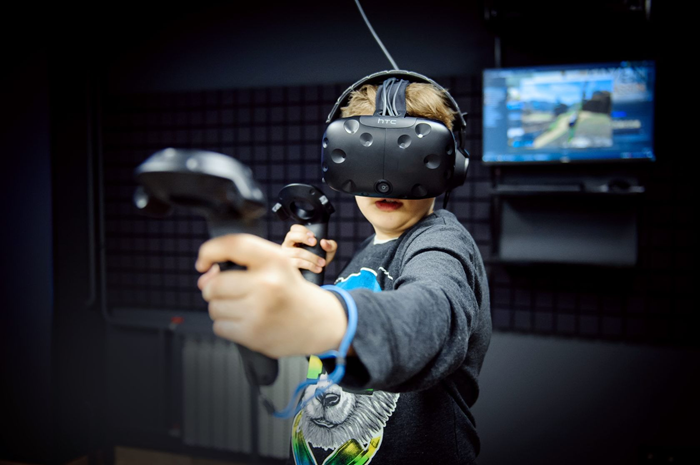In recent years, virtual reality (VR) has become increasingly popular among gamers and developers. VR games offer a unique immersive experience in virtual worlds, allowing the user to literally step inside the game and interact with the surroundings using specialized devices.
The main advantage is a high degree of realism and a sense of presence, making gaming not only engaging but also a whole new level of entertainment.
Technically, VR games rely on the use of virtual reality headsets, controllers, and motion sensors, which track the player’s every movement and display it in virtual space. This approach ensures the most precise interaction with the environment and the feeling of actually being inside the game scenario. Thanks to advances in graphics and sensor technology, modern VR games are becoming increasingly realistic and multifaceted.
A special place among VR games is occupied by the VR escape room franchise, which combines elements of logic puzzles and adventures. These games create an atmosphere reminiscent of a real escape room, where players must solve problems, search for clues, and overcome obstacles. This format not only inspires excitement but also promotes logical thinking, teamwork, and attentiveness, making virtual reality even more appealing to a wider audience.
The field of virtual entertainment continues to rapidly evolve, offering ever-increasing opportunities for improvisation and creativity. As a result, VR games are becoming not only a means of entertainment but also a tool for education, training, and even professional development, expanding the boundaries of traditional gaming experiences.
Dive into the technical design of VR headsets and sensors
Modern VR headsets are sophisticated devices that create a sense of presence in virtual reality thanks to built-in sensors and displays. These gadgets incorporate high-resolution displays that track eye and head movement, as well as various sensors that determine the user’s position in space.
The effectiveness of VR headsets is based on sensors that accurately record any user movements. Sensors such as gyroscopes, accelerometers, and magnetometers provide highly accurate orientation and movement tracking, helping to create a realistic, fully immersive virtual environment.
User Motion Tracking Mechanisms and Their Integration into Gameplay
In modern VR games, motion tracking technology plays a key role in creating an immersive and realistic user experience. The use of specialized sensors and devices allows for the precise recording of a player’s movements, position, and even the smallest nuances of body movement.
This is achieved through a variety of tracking mechanisms, which can include both external systems and built-in sensors within the VR headset and controllers.













Leave a Reply